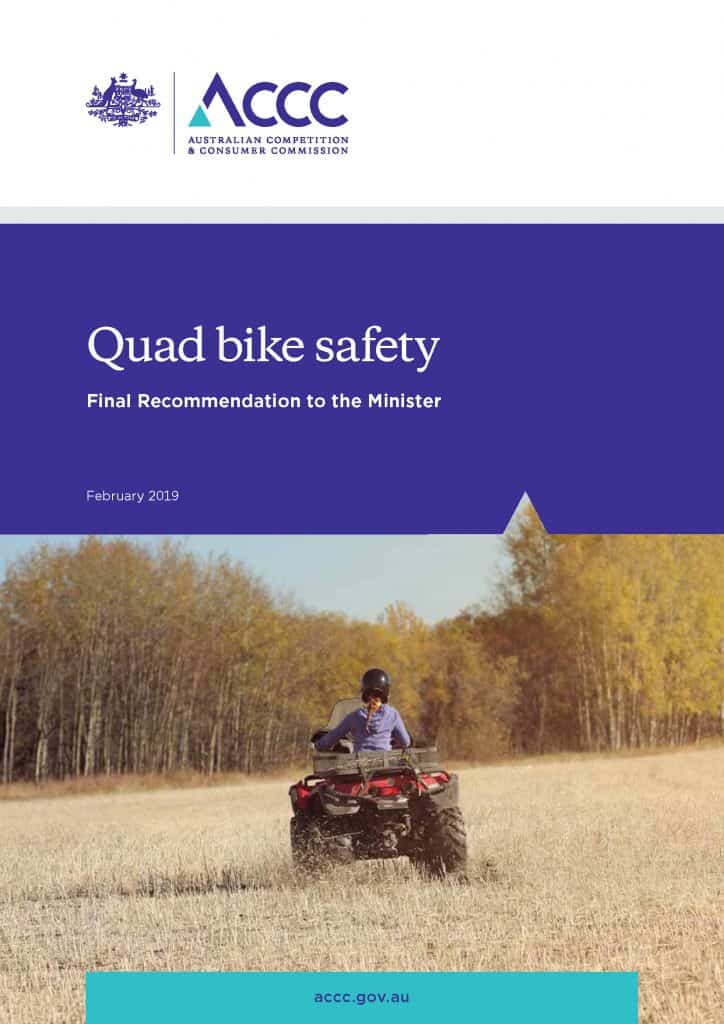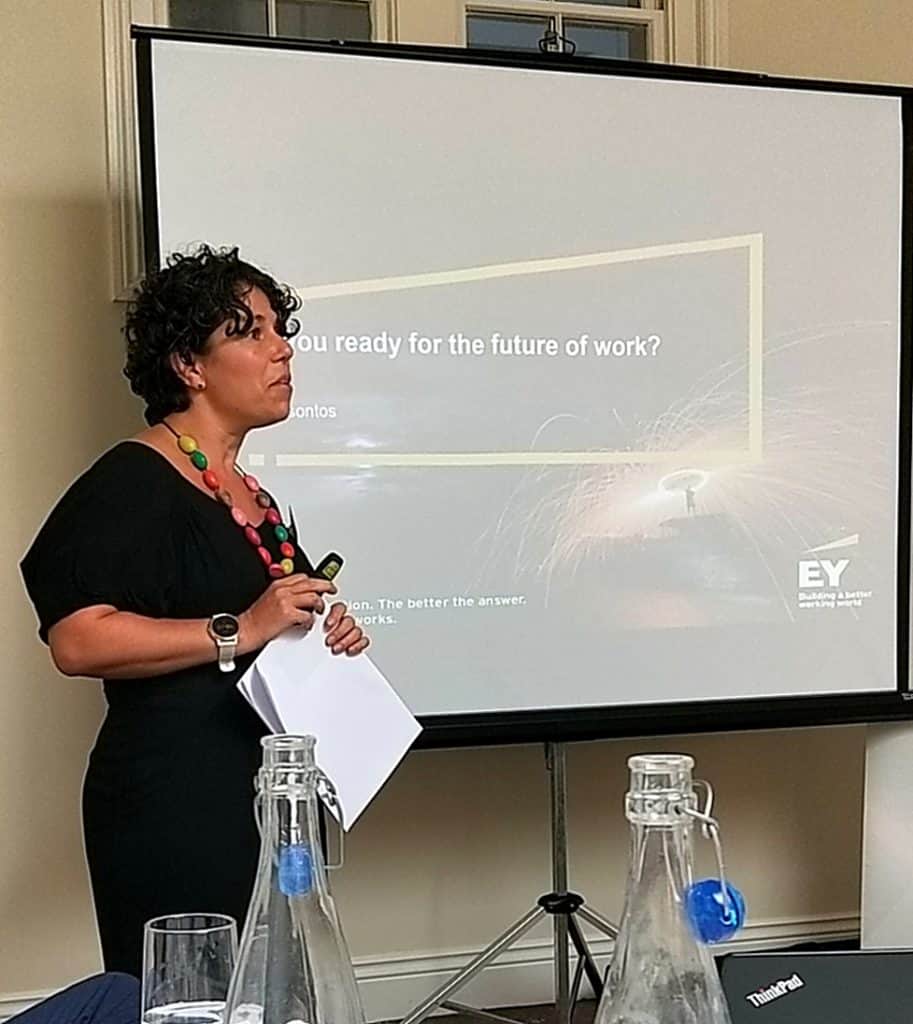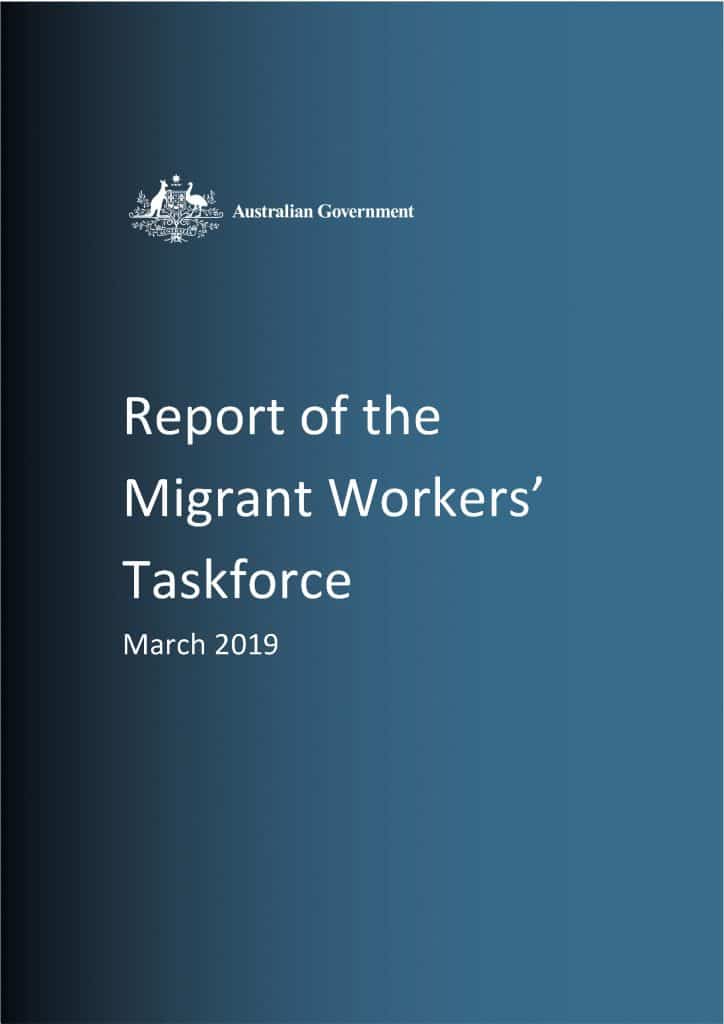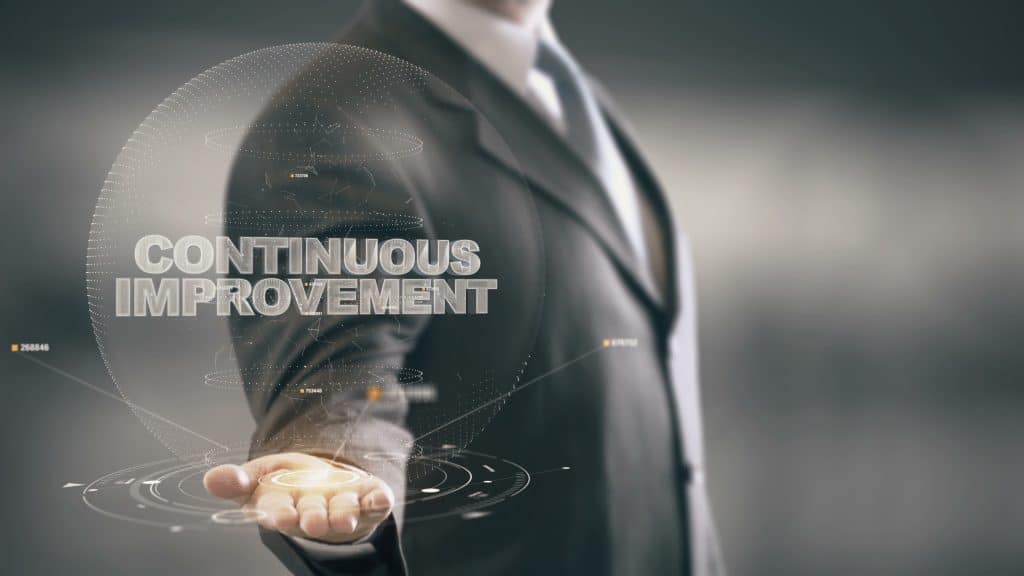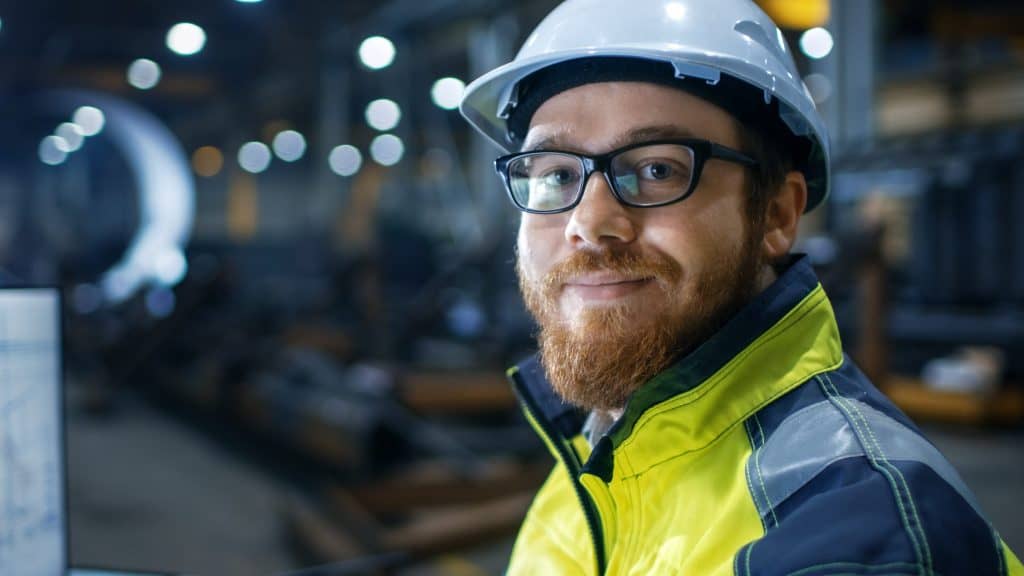On April 6 2018 Australia’s Assistant Treasurer Stuart Robert released the report into Quad Bike safety prepared by the Australian Consumer and Competition Commission (ACCC). The report makes unsurprising safety recommendations, many of these have been coming for years. The surprise is the Minister’s decision to begin another round of consultation:
“The Government is inviting stakeholders to review and comment on the ACCC’s recommended safety standard.”
The previous paragraph in the Minister’s press statement acknowledged:
“Extensive consultation has been undertaken including with technical experts, farmers, the recreational and tourism sector, consumer groups, health and medical experts, industry and government bodies. The majority of stakeholders support a new mandatory safety standard. The ACCC’s report highlights how these safety measures including installing an operator protection device can significantly reduce the frequency and severity of injuries, particularly from rollover incidents”
An indication of the level of “extensive consultation” can be seen through the process the ACCC has been running since at least November 2017. The only possible reason for this extraordinary decision is the political desire to release the ACCC report prior to the Federal Election, only just announced as occurring on May 18, 2019.

